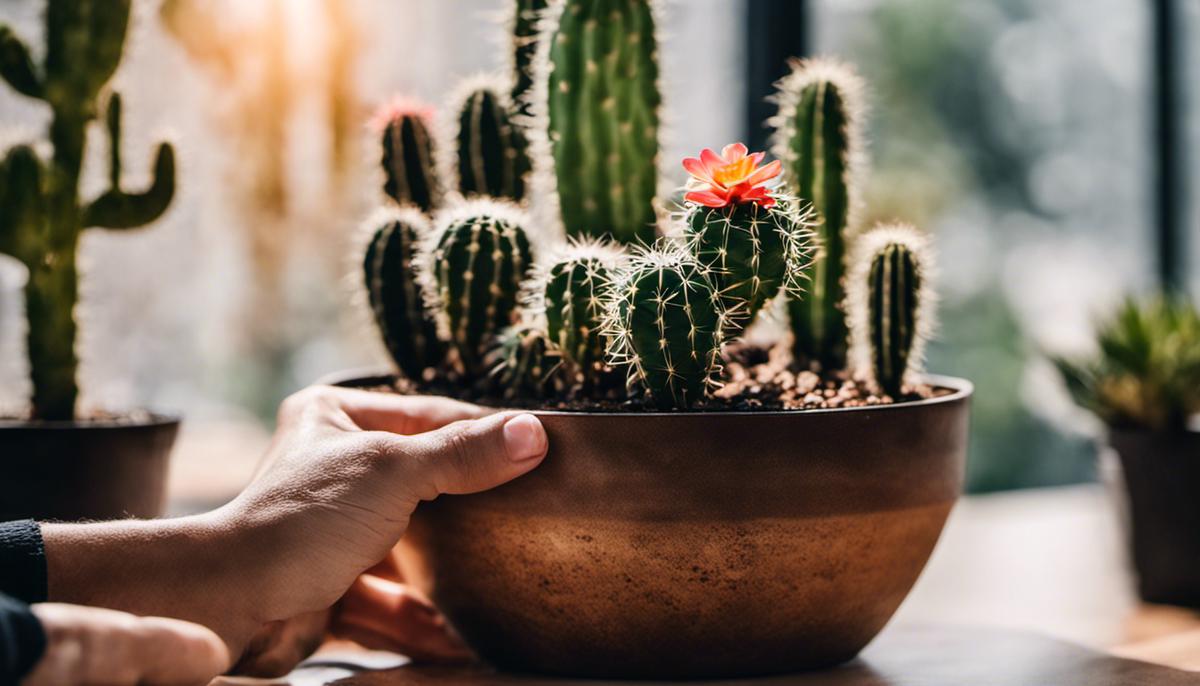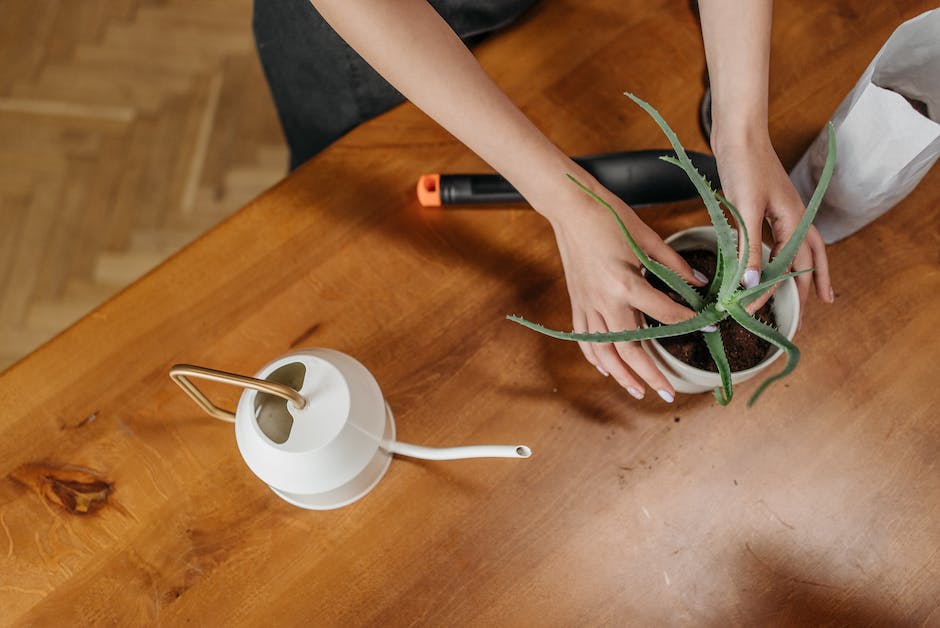

Agridisk
Egypt - Alexandria

Cactus Cultivation At Home Without Experience Or Affort
Description: Cactus plant is one of the best choices for you if you want to profit from agriculture, as it has many benefits and many uses in food or medicine, and it is very important that it does not need much attention, and it can adapt to the most difficult conditions, and here are the steps to grow aloe vera even without any experience. The temperatures in most homes and apartments are ideal for the best aloe vera cultivation. You can also place your plant outdoors in bright sunlight such as the balcony or home garden without any problems. Stepping into the intriguing world of cactus cultivation can feel like an expedition into an uncharted terrain. These prickly wonders, with their astonishing forms and striking flowers, can become a phenomenal attraction in any home. The beauty of these succulent plants, however, extends beyond their appearance, as they also offer a fascinating journey into plant care and cultivation. This primer will guide you through the important aspects of indoor cactus cultivation – starting from choosing the right species based on your specific home environment conditions, to mastering the delicate art of planting or repotting them, and finally, to ensuring regular and efficient maintenance for a flourishing cactus garden at home. As we introduce you to each of these areas, get prepared to experience the thrill and satisfaction that comes with nurturing these hardy yet captivating houseplants. For many of us cacti enthusiasts, there's nothing more rewarding than watching a cactus bloom for the first time or seeing a new pad emerge from its mother pad. Cacti, with their sculptural shapes and litany of varieties, offer indoor plant enthusiasts a slew of opportunities for artistic arrangement and careful cultivation. If you are considering joining the ranks of cacti collectors, selection is one of the most crucial steps. Here are some prime aspects to put into consideration when choosing a cactus for indoor cultivation. First and foremost, not all cacti are made equal, and understanding the different species is pivotal. Some species, like the widely popular Mammillaria, are perfectly suited to indoor environments. Others, like the giant Saguaro, are better suited for outdoor environments. Researching different species and their specific needs in terms of sunlight, temperature, and humidity can help guide your selection. Light requirements should be next on your list. Cacti, being desert natives, love sun and heat - but not all have the same needs. Some can withstand direct light for a significant amount of the day, while others prefer some afternoon shade. When choosing your cactus, consider how much natural light you can provide. For apartments with limited sunlight, a species like Cereus jamacaru (the fairy castle cactus), which can thrive in lower light, might be an excellent option. Temperature and humidity are other critical factors. As desert-type plants, cacti generally appreciate warm, dry climates. They can survive in temperatures as low as 50 degrees Fahrenheit at night, but prefer to be in an environment between 70-85 degrees during the day. Choose a species that will fare well with your home's ambient temperature and humidity levels. Next up, pot selection is more critical than you might think. Cacti have delicate root systems that don’t tolerate excess moisture well. For this reason, their pots should have ample drainage, allowing water to escape easily. Additionally, consider the size of the pot relative to the cactus. A pot that's too large can cause problems with moisture retention, while a pot that's too snug won't allow the cactus to grow. Finally, assessing your plant-care commitments is essential. Some cacti need more care than others. Are you willing to follow a strict watering schedule, or would you prefer a cactus that doesn't mind a missed watering now and then? Some cacti need regular pruning to look their best, while others love being left alone. Understanding what each cactus needs and comparing it to your availability can guide you to your ideal match. Choosing a cactus for indoor cultivation is a fun journey revealing a world brimming with endless possibilities. By considering factors like species, light, temperature, humidity, pot choice, and care commitments, you're sure to find a cactus that thrives indoors and brings a desert charm to your environment. Happy cacti hunting! Cacti, with their wide variety of shapes and sizes and their remarkable adaptation to harsh environments, have captured the hearts of many indoor plant hobbyists. Having understood the importance of species selection, lighting, temperature, humidity, pot selection, and general care for cacti, it's time to delve into planting and repotting these captivating succulents. To embark on this tricky task, arm yourself with the right tools: A set of thick gloves—preferably made of leather, a trowel, a cactus potting mix, and a new pot if you're repotting. The very act of planting and repotting a cactus centers around one golden rule: Avoid harming the cactus. Protect both the cactus and yourself from the cactus’s sharp spines by using folded newspapers or thick fabric to handle the plant. If the cactus is larger, consider using a pair of kitchen tongs. Before you start, prepare the pot by filling it with cactus potting mix. This special mix is formulated to drain well and mimic the natural environment of the cactus. The amount of mix needed depends on the size of the cactus; aim for a depth where the cactus will sit at the same level in the new pot as it did in the old one. When taking the cactus out of the old pot, shake off excess soil and check for root rot. What does root rot look like? It presents as discolored or mushy roots. Any roots that aren't free-draining, sturdy, and healthy-looking should be pruned off. Once ready, make a hole in the cacti mix with the trowel, equal to the size of the cactus’ root mass. If repotting, a handy tip is to let the cactus rest a few days after removing from the old pot. This lets any broken or pruned roots dry out and lessen the risk of root rot before settling it into its new home. Place the cactus into the hole gently and firm the soil around it. At this stage, ensure the cactus stands upright. The top of the root ball should be just below the rim of the pot to allow for watering. Finally, here comes another crucial step - waiting! Before watering for the first time, give your newly planted or repotted cactus a breather. Let it sit dry for a week to allow for any disturbed or broken roots to heal. Avoid placing the pot under direct sunlight immediately after repotting and gradually introduce light once the cactus has readjusted. With these crucial pointers, the journey of successfully growing a cactus indoors ensures an intriguing and rewarding way to spend your time. Whether you're new to this hobby or have been growing cacti for years, there's always more to learn and explore in the wondrous world of cacti gardening. Plant, care, and await the wonder that these beautiful, resilient plants offer. Caring for your cactus at home involves more than just sticking it on a windowsill and forgetting about it – mastering the art of precise, yet sparse watering is the key to maintaining its health and longevity. Let's get into it. The act of watering cacti is a delicate process. Owing to their nature as desert dwellers, cacti have uniquely evolved to withstand severe drought. In home conditions, they generally require watering only once a week during the growing season (typically spring and summer), and can happily go for long periods without water during autumn and winter. And remember, it's better to underwater than overwater! One key thing to realize is that the word "sparingly" can mean very different things in the context of different plants. For cacti, watering 'sparingly' means saturating the soil completely, then letting it dry out thoroughly before watering again. One way to check if it's time to water is to stick a skewer into the potting mix. If it comes out dry and clean, it's safe to water again; if it comes out damp and dirty, hold off on watering for a while. Practices like misting aren't necessary for cacti. Unlike most indoor plants that enjoy high humidity, cacti prefer their surroundings to be dry. A good thumb rule is to keep humidity levels around 10-30%. Moreover, excessive humidity can lead to fungal diseases, which often prove fatal for these sun-loving plants. Now that watering is sorted, let's talk about nutrient needs. While they are hardy and can survive in nutrient-poor soil, cacti do appreciate a little extra help. Using a cactus-specific fertilizer during the growing months can help bolster their health and vigor. Be sure to follow the package instructions to avoid overfeeding, which can either burn the roots or spur excessive, weak growth. When it comes to home environment, try to simulate the natural desert habitat as much as possible. To make it a thriving home habitat, place the cactus near a south-facing window where it gets direct, bright sunlight for at least 4-6 hours a day. Avoid drafty areas or spots near heating or cooling vents that could cause sudden temperature changes. Regardless of the cactus species, sharp spines often pose a risk. To protect yourself while handling your prickly friend, use thick gardening gloves or wrap the cactus in an old towel or newspaper. Lastly, keep your eye out for changes in color, shape, or growth rate as these could be signs of stress or disease. Pale, yellow, or spots on your cactus could mean it's getting too much light or water. Also, a sudden spurt in growth could indicate overwatering. To sum up, cacti are resilient, intriguing, and a boon for forgetful water-ers! Treat them well, and they'll reward you with their unique charm for years to come. Enjoy the wonderful journey of indoor cacti cultivation! Embarking on a journey into cactus cultivation at home is much like opening a window to nature's resilience and grace. With the right knowledge and tools, you can grow a cactus garden that thrives, despite their seemingly prickly personalities. From understanding the nitty-gritty of selecting the right species for your home conditions, to getting your hands dirty while planting and repotting cacti, and then reveling in the successful maintenance of your vibrant succulents, this adventure is sure to leave you enriched. As you deepen your understanding of these fascinating plants, you'll find that becoming a prudent and nurturing custodian of cacti goes beyond just gardening—it is an enriching experience that is both therapeutic and rewarding.
Advantages of Cactus cultivation

The most important tools needed for aloe vera cultivation
Choosing the Right Cactus
The Art of Cacti Picking: Key Factors for Indoor Cultivation

Planting and Repotting Cacti
The Art of Safely Planting and Repotting Cacti

Cacti Maintenance
